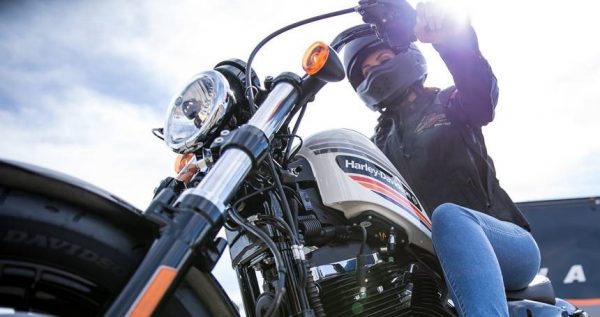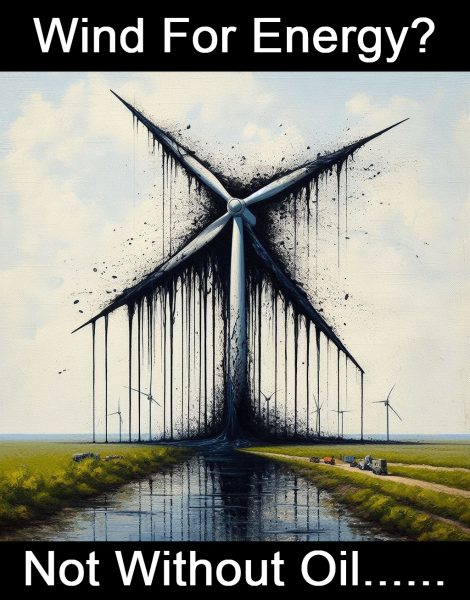Is Green the New Gray Area
by Mark Buckner with images from Sam Burns For as long as I can remember – which is getting to be a LONG time! – those of us who love riding motorcycles and have devoted a large part of our lives to preserving and protecting our way of life have been telling anyone who would […]
Is Green the New Gray Area Read More »


